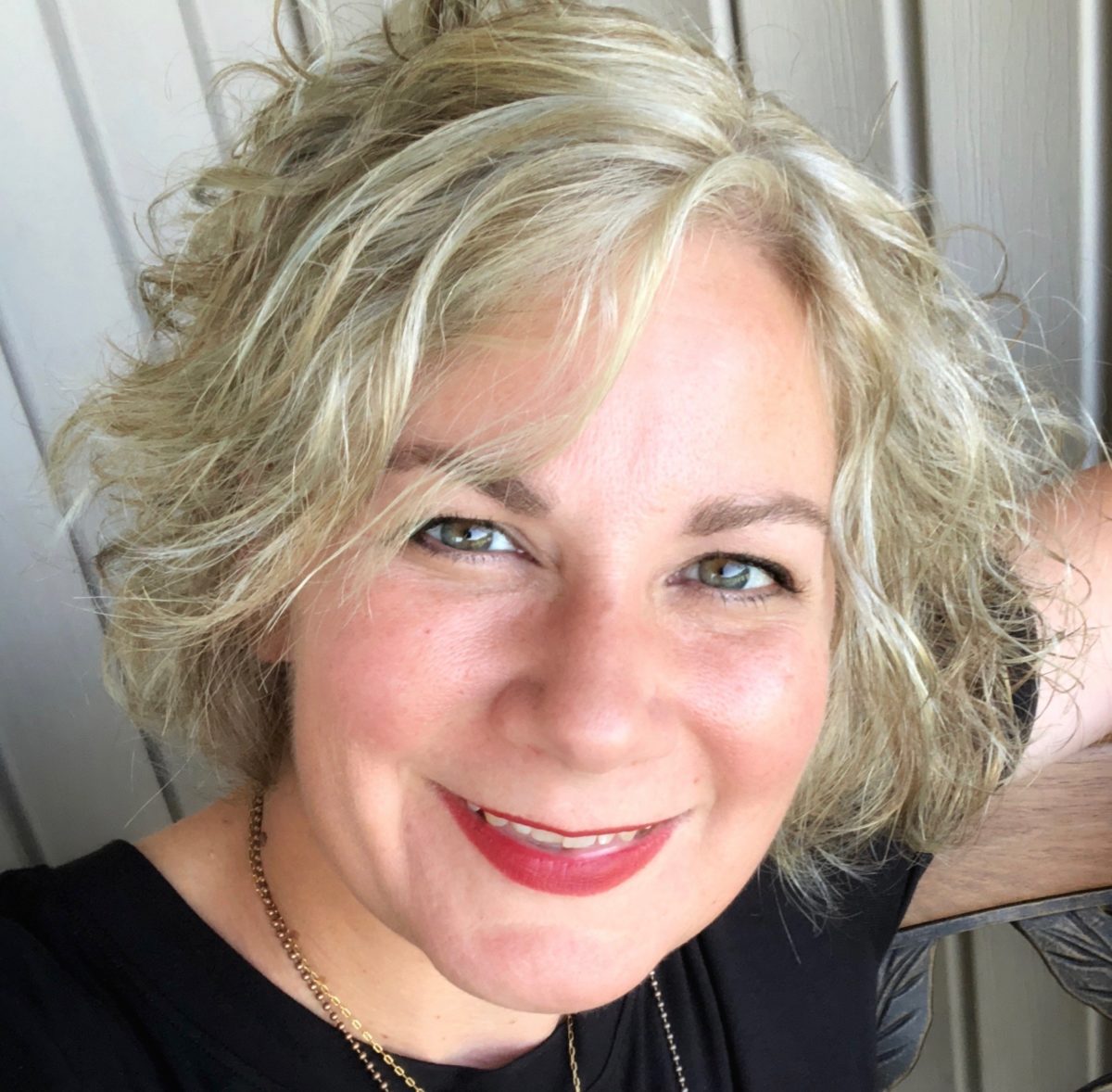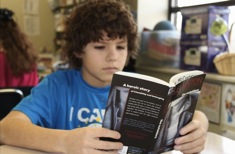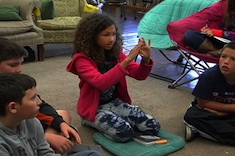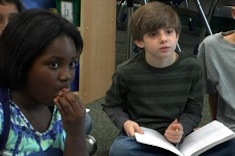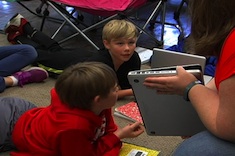There are many similarities between committing to a research project and committing to a spouse. As I worked with a team of seventh-grade teachers at Wawasee Middle School to create a cross-curricular experience for students, we leaned on the metaphor of finding a life partner to navigate the research process.
The school was embarking on their first Academic Learning Fair. It was uncharted territory. We were given the forum of The World’s Fair, and seventh grade was assigned the continents of Africa and Asia. Since students had little background knowledge about these continents, we decided to set up a few dates for them.
Dating
The team of teachers from a variety of content areas—math and science, social studies and language arts, computer tech, visual arts, and family and consumer sciences—began to look at Africa and Asia through the lenses of their content areas. Soon we had a list of topics that served dual purposes: They were of high interest, and they extended students’ content knowledge.
We set up a rotation so students could explore each topic and find ones that were interesting to them. In the social studies teacher’s class they learned about fair trade. In math they considered the pyramids. The science teachers discussed poaching and nuclear energy. In computer tech they looked at Japanese technology. They learned about sweatshops in family and consumer science. In some rooms, students were given time to research any topic they wanted. The art teacher helped students learn how to search by combining a topic they were interested in with a continent or country. For instance, students searched “basketball + Africa” or “fashion + Japan.” In each room students looked at images or a video, read a text, or had a conversation about a topic related to a specific content area as well as Africa or Asia. They took notes on think sheets and kept them in the A.L.F. (Academic Learning Fair) Notebooks.
Not only were we building background knowledge, but we were also giving students experience in citing and analyzing sources. On their think sheets they noted sources. Then they collected facts, as well as their thoughts about the facts.
Engagement
After a few weeks of dating, it was time to become “engaged” to a topic. “You date to figure out if you want to commit to someone. In this case you’ve been dating to figure out what topic you are willing to spend a significant amount of time studying and researching.” Students wrote their topics on a tag and attached the tag to a gaudy engagement ring. Then they began digging into their topics. As they researched, many found more interest in and passion for their topics, or they realized they didn’t want to spend the time on their first choice. Some engagements were broken, and those students chose new topics. As they committed to specific topics, they hung their “engagement rings” from the ceiling.
Marriage
Students realized that the more they researched and learned about a topic, the more they wanted to learn about it. Now was the time to commit to a driving research question. We studied different kinds of questions. In Comprehension and Collaboration, Stephanie Harvey and Harvey Daniels discuss three types of guiding questions to help us find the big, important information. These questions are definition, consequence, and action questions. For students to have a rich research experience, we nudged them toward designing their driving research question as an action question. This is a kind of question that calls for a response, or action.
Students completed an assessment in Google Drive as a marriage ceremony. This allowed us to assess their ability to master these Common Core standards: interact and collaborate via the Internet, use technology skills to find an image and cite it, and represent their topic with text and images. Finally, we assessed the depth of their driving research question. These assessments were then printed in color. During the “wedding celebration,” students shared their research question (aka “popped the question”) and then displayed it in the hallway. We ended the celebration with wedding cake and punch.
The Honeymoon
The final project, shared with the community during the Academic Learning Fair, was equated to the honeymoon. We would celebrate their learning through multimedia presentations. Students worked to create displays that shared their learning and helped drive others to action. Donations were made to help build a well in Africa. A local organization was invited to join us that evening and share information about how we can help stop human trafficking. Students shared samples of Asian recipes. Others performed dance routines of traditional culture. Videos moved people to tears. There was a variety of displays, and students were proud of their work.
Happily Ever After
A number of unseen processes were occurring throughout the research experience. It was important to share them with parents and colleagues, so I designed a pamphlet to help angle the viewer’s experience with an invitation to notice the thinking behind the exhibits. Whether your students participate in a learning fair or something else, I think it is important to always help families see the hidden work of research, reading, revision, and thinking. By learning how to think critically and call others to action, our students will change the world.


